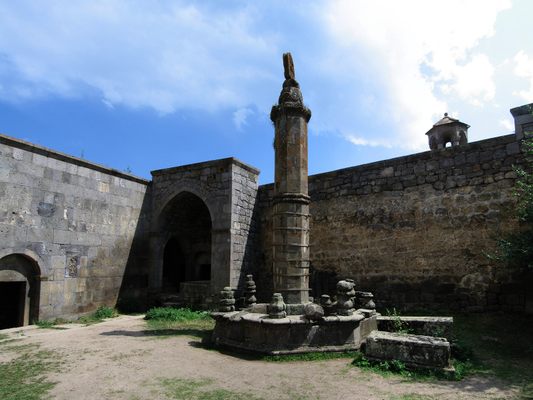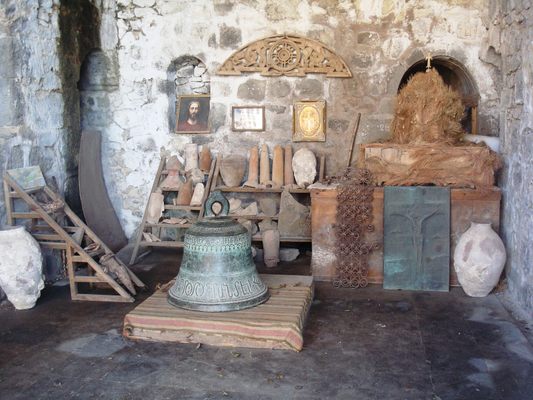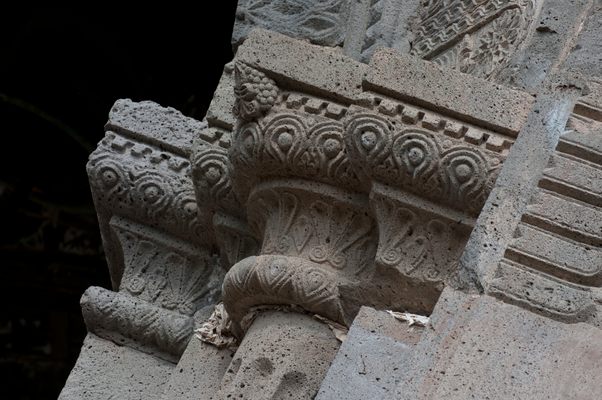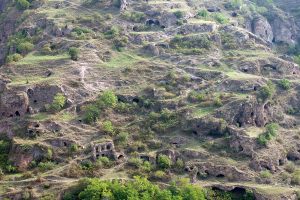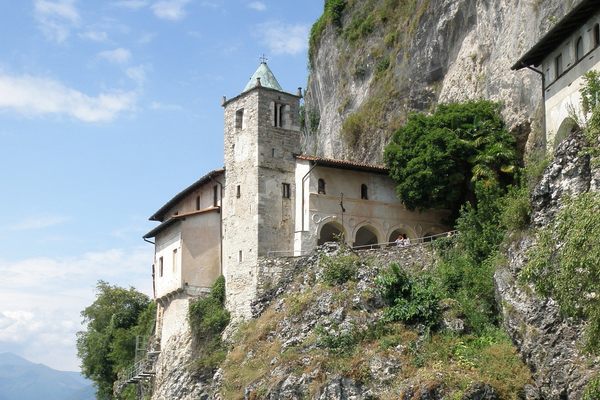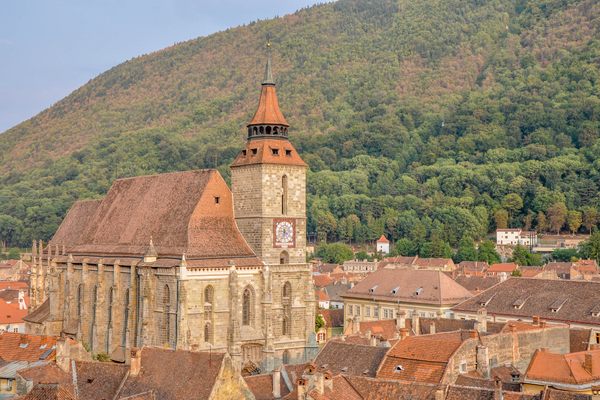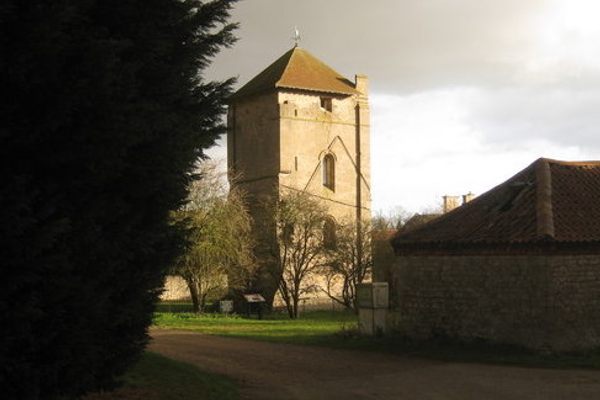About
Nearly a thousand years before the development of the modern seismograph in the 19th century, Armenian monks living in the Tatev monastery constructed the "Gavazan" column, a pillar with a pivoting base, which tilted when the ground shook from tremors caused by earthquakes (or approaching armies).
The 1,000-year-old, dramatically situated Tatev monastery was a great center of science and philosophy in the medieval era, as typified by the Gavazan and other structures within the complex. The site, overlooking the the Vorotan river gorge, was originally used for pagan worship, until the first church was built there sometime between 895 and 906, dedicated to the saints Paul and Peter. It was the bishopric seat of the Syunik region and wielded considerable influence.
With the construction of another shrine, dedicated to the Virgin Mary, in the 11th century, the monastery entered a golden period, with nearly 1,000 monks and artisans making it their home. Its library housed more than 10,000 manuscripts. Unfortunately, both the books and this period of prosperity met their end with the invasion of the Seljuk Turks in 1170. The manuscripts had been sent to a fort for safekeeping but the fort was razed to the ground, and the monastery itself was ransacked and looted.
It was slowly reconstructed and academic recovery took place in the 14th and 15th centuries when the Tatev University was established and became a key Armenian center for learning, under the leadership of Grigor Tatevatsi. With three different schools, disciplines like architecture, philosophy, and astronomy were taught. The entire compound was self-sufficient with its own oil press, flour mill, and nearby orchards and vineyards in the Vorotan gorge. This period ended when Timur the Lame, and his son launched successive military campaigns in the region.
Across the following centuries, the stone complex was battered by invasions and an earthquake that struck in 1931. Efforts were made to partially rebuild the key structures and there’s an ongoing project to restore the extraordinary monastery to its former glory.
Visitors can ride on the Wings of Tatev, the world’s longest nonstop double track cable car, that takes you from Halidzor village to the monastery, offering a stunning bird’s-eye view of the gorge. The Gavazan column still stands at the monastery, though it no longer tilts when tremors hit. A well-preserved oil mill from the Middle Ages is also on the premises, along with the tomb of Grigor Tatevatsi, who headed Tatev during one of its most fruitful eras.
Related Tags
Published
June 6, 2017

